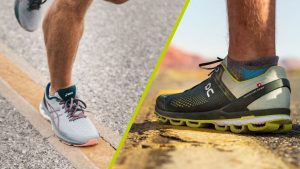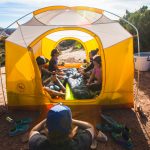Running is a great form of exercise, but it can also be exhausting. One way to make the experience easier on your body is by wearing a running hydration vest. A running hydration vest is specially designed to hold water bottles in an easy-to-access location so you don’t have to stop for breaks during your run. If you’re looking for the best option, this guide will walk you through everything you need to know
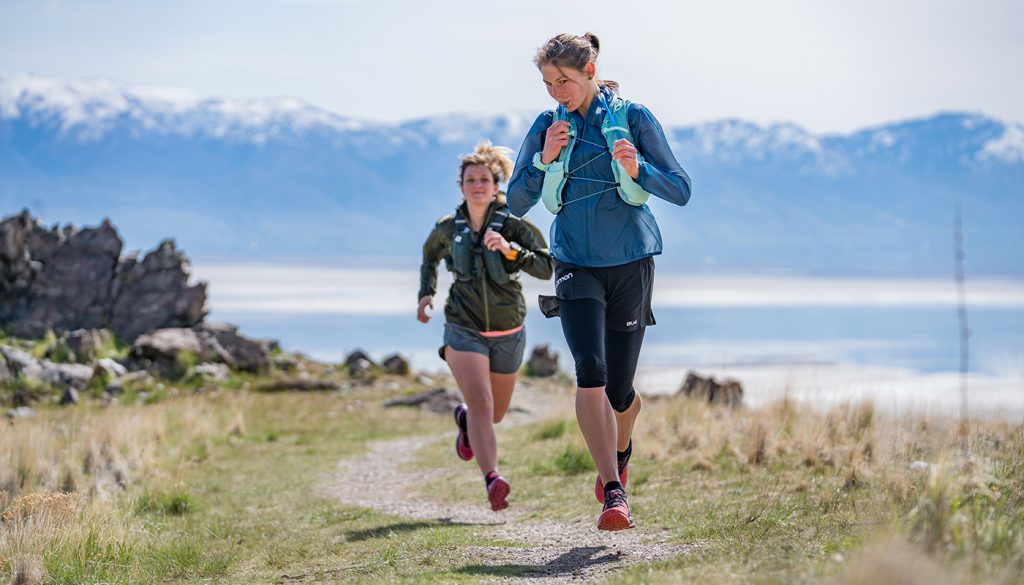
Table of Contents
Choosing a Running Hydration Vest
Capacity: How far do you plan to run? If you’re just looking for something light that will help get through the mile or two of running around town, a smaller hydration pack might be fine. However, if you’ll be out on longer trail runs and have extra room in your budget, opting for a larger option will allow you to carry more water and stay hydrated for longer periods of time.
Size: There’s no one-size-fits-all in the running world. You need to find a hydration pack that fits well on your body, and you need to be able to adjust it so that it fits securely. Follow the manufacturer’s sizing guidelines.
Material: Your water bottles will sit in this pack for the duration of your run, so they need to be protected from any damage caused by shifting around or being thrown into a bag. A high-quality hydration vest is made with tough material that can stand up to the wear and tear of running.
Price: If you want the best hydration vest, it’s going to cost more than a basic option. There are affordable options that will work well for most runners, but if you’re really serious about running you might have to spend a little extra money for something worth the value.
Fitting: There are two ways a running vest will fit on your body: low-drop and high-drop. A low drop fits closer to the hips, while a high drop fits closer to the neck.

How Many Bottles: The number of bottles your running hydration vest can hold will depend on the size and capacity. If you think you’ll need more than two, purchase a larger-sized model that can accommodate multiple water containers.
Finish: You want a running vest that has an outer layer made from water-resistant material so your gear stays dry even if you get rained on. This way, it can keep working when the rain starts to fall and won’t be damaged by the elements.
Design/Additional Features: You want a vest that’s easy-to-use, which means you need pockets for your water bottles as well as places to store snacks or any other essentials you might carry with you on runs. Some vests have reflective strips so they can stand out in dim lighting conditions and be visible to drivers. Others have pockets for mobile phones so you can listen to music without worrying about your device getting wet or damaged in an accident
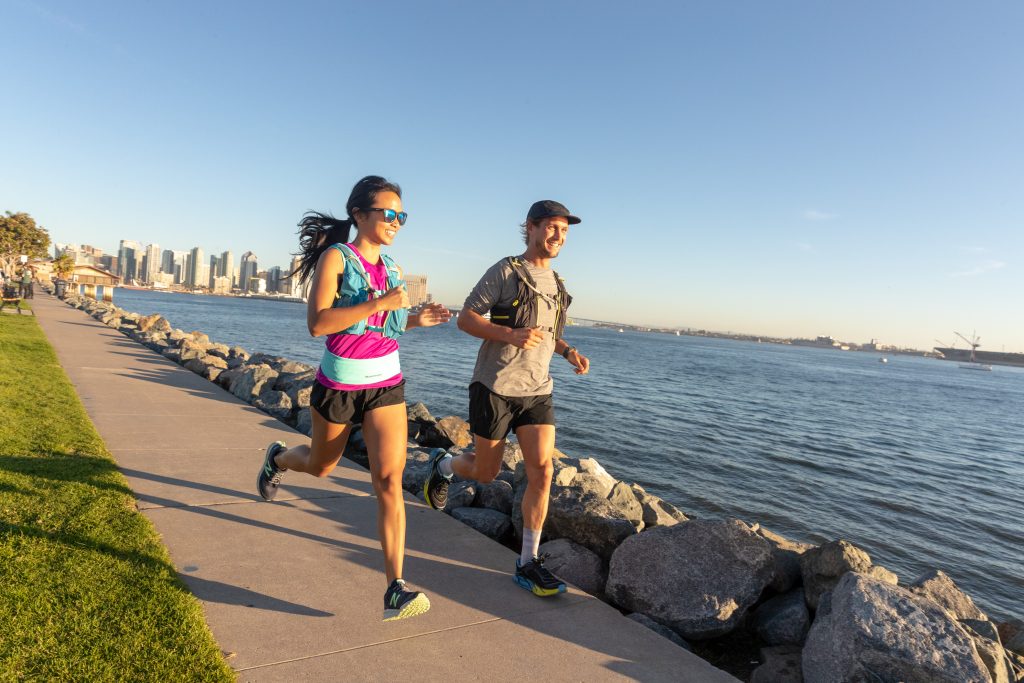
Capacity: Hydration Vests
Running hydration vests come in a variety of capacities, from one liter to around 12 liters or more. The capacity of the vest you choose will depend on how far you plan on running, how long your average run is, and how much gear you plan on bringing with you.
For short runs, say less than one hour, a vest with one liter of capacity is probably sufficient. However, if you plan on running long distances or might be out for several hours at a time, it’s best to go with something larger that can accommodate multiple bottles and snacks.
Chart
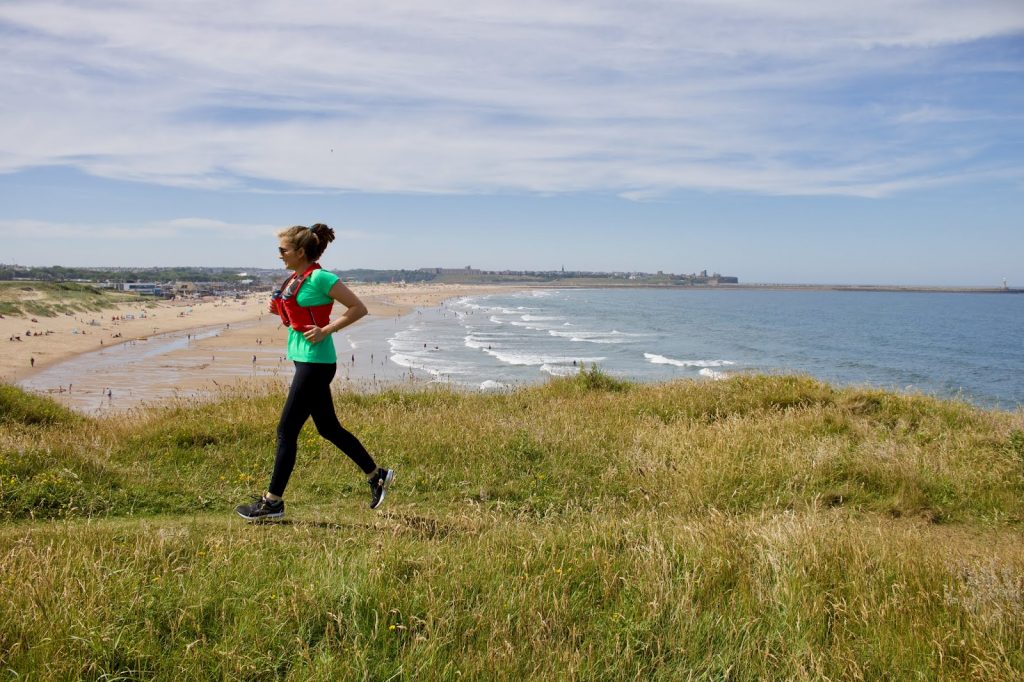
Water Bottles vs. Reservoirs What to Choose
When choosing a hydration running vest, you need to decide between water bottles or reservoirs. Water bottles are easy to refill and carry on short runs, but they can be heavy when full. Reservoirs have a larger capacity, which means you don’t need to fill them up as often. However, they are more difficult to refill when out on the trails and can be bulky.
Most vests are compatible with bottles and a reservoir. It’s best to go with a running vest that accommodates both, so you can use whichever option is most suitable for your run.
Note: Bottles and reservoirs aren’t always included with the purchase of a hydration pack. You may need to buy them separately or choose one that has both available as an option for purchase.

Find the Right Size
One of the most important things you need to do when purchasing a running hydration vest is get one that fits well. You don’t want it to be too big or too small.
You can measure your torso length before buying, but this isn’t always possible if you’re purchasing online without trying on first. To make sure the vest is a good fit, follow these tips:
- Use the sizing guidelines provided by the manufacturer.
- If you’re ordering online, look for a hydration vest that can be returned or exchanged with little hassle. This way if it’s not the right size you won’t have to worry about paying for return shipping and handling fees as well as having to wait around until another one arrives in the mail
- Comfort: It should fit snugly enough that it doesn’t bounce around while running, but loose enough that you don’t feel like your chest and neck are being squeezed.
- Mobility: You want a running hydration vest that has adjustable straps and fits close to your upper body so you don’t feel like it’s restricting your movements or holding you back from having a good run.
- Women-specific vests: Women-specific hydration packs come with a wider chest strap to accommodate the layout of their chest muscles and less space between where it rests and their shoulders so they don’t feel as restricted.
Hydration vests for men and women work much better than those made unisex because there’s more room in them for accommodating body types and features.
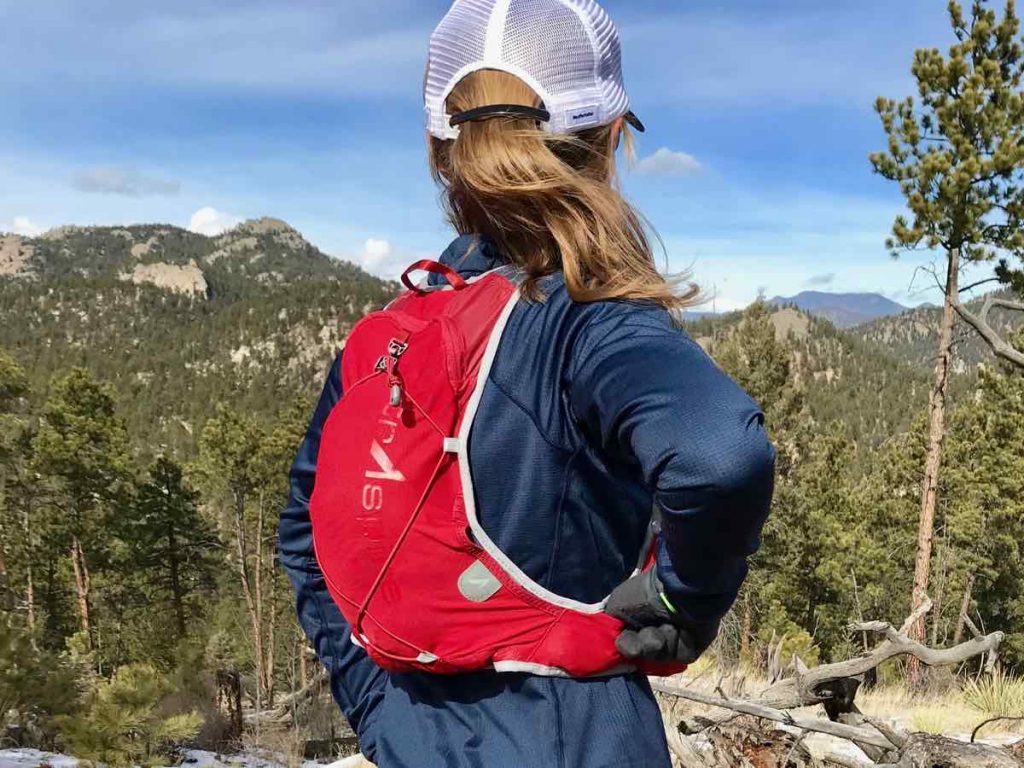
What to Avoid
When choosing a running hydration vest, there are several things you should avoid. Here is what to keep in mind when shopping:
- Avoid vests that aren’t adjustable.
- Don’t choose a hydration pack with flimsy construction or stitching because it will end up falling apart
- Don’t buy a vest that doesn’t come with at least one water bottle unless you plan on purchasing bottles separately and they’re compatible with it.
- Every hydration pack should have reflective elements so drivers can see you more easily when running in the dark, especially if your local roads aren’t well lit. However, some vests have more reflective elements than others so check this when buying.
- Don’t choose a vest with insulation if you plan on running in warm weather because it will make you sweat and be uncomfortable. Instead, go for something made of mesh to help keep the air flowing while you’re running.
- Any vest that doesn’t come with a hydration bladder or can’t be used to hold one is not right for you because it won’t give the capacity you need on your run.
- Price: You don’t have to spend an arm and a leg on this equipment, but there are some pricier models out there that don’t offer any more benefits than the cheaper brands
- Material: Make sure whatever vest you decide on is made from a breathable material like mesh or nylon. This will help keep your body temperature regulated when it’s hot and prevent chafing if you’re running in cold weather conditions.

Additional Features
There are a few additional features you should keep in mind when buying your running hydration vest. These include:
- Pockets: Some vests come with pockets on the front for holding your keys, wallet, and phone so you don’t have to carry them in your hand or keep track of them. Other models also include additional storage compartments that are great for carrying snacks
- Reflective elements: If you run during dark hours when there isn’t much light available it’s important to get a vest that has reflective elements on it so drivers can see you better.
- Breathability: Mesh is the most breathable material for running hydration vests because it allows air to flow through and regulates your body temperature when is hot outside.
- Emergency whistle: This is a great addition because it gives you the ability to alert others or draw attention if something goes wrong while you’re out running.
- Trekking pole keepers: This is a great feature for those who like to take their dogs out with them while they run and need somewhere to store poles so it doesn’t get in the way of your workout.
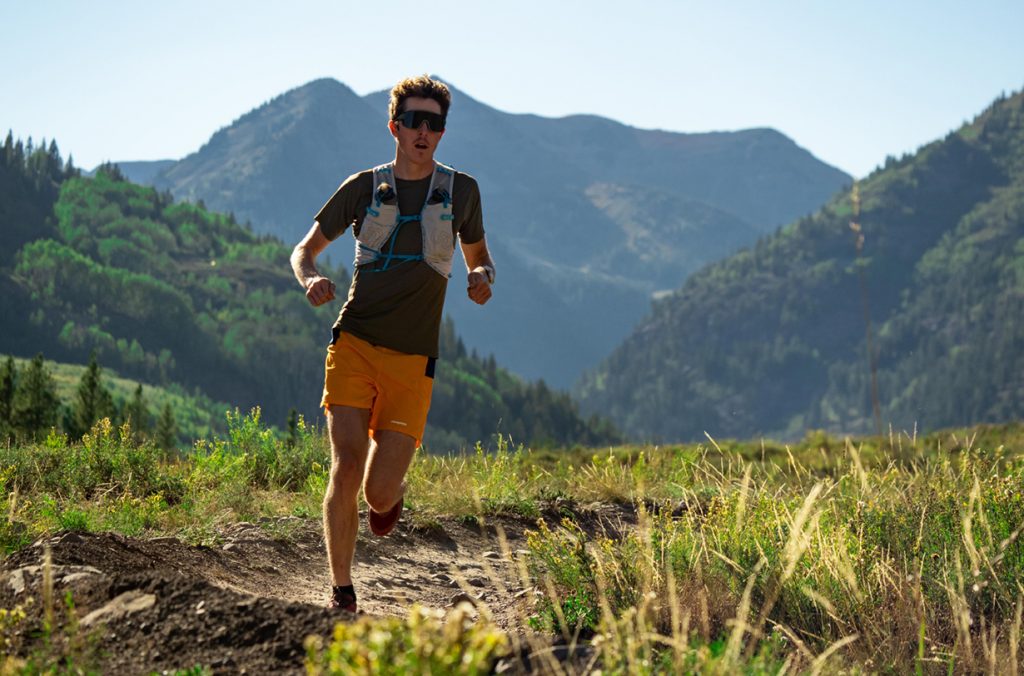
FAQ’s
Q. What’s the difference between a running hydration vest and a hiking backpack?
A. Hiking backpacks are more heavy-duty with several compartments designed to hold more gear. However, they’re not as well-suited for running because the waist straps are designed to distribute weight over your hips you don’t want to have them on when running.
Q. When is it a good idea to buy a vest with more pockets?
A. Those who run in chilly weather will appreciate vests with more pockets because they can use them for storing hand warmers and keeping their phone in a location they can easily access.
Q. Why is it important that running hydration vests come with at least one bottle?
A. You need to have a bottle for your hydration bladder it really comes down to personal preference if you want an insulated version or not.
However, if the vest doesn’t come with at least one bottle it can cost you extra money to buy your own.
Q. How do I clean my running hydration vest?
A. You can wipe it down with a damp cloth and mild soap to remove any dirt or stains that have built up over time. It’s best to hang dry your vest or you can also machine wash it on a gentle cycle and then tumble dry with low heat.
Q. How much should I expect to pay for a running hydration vest?
A. This depends on the quality, material, and other features included. You can expect to pay between $50-$100 for a decent vest that should last you several years if properly maintained.

